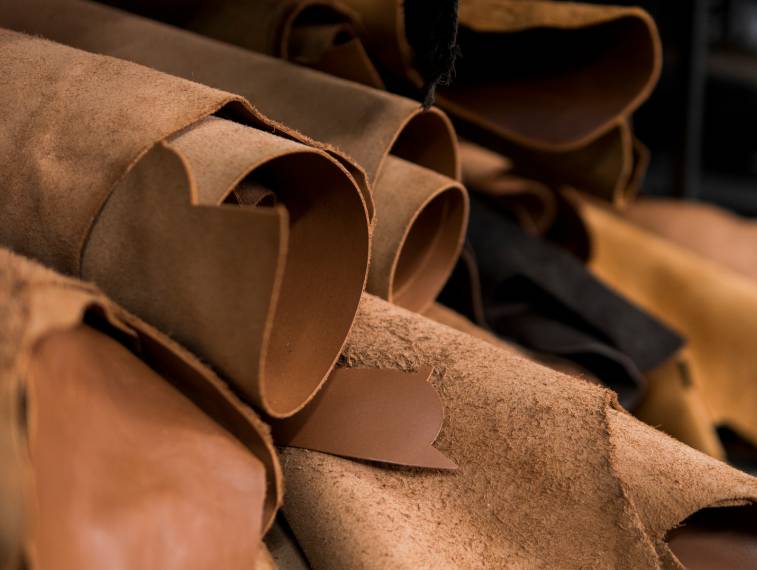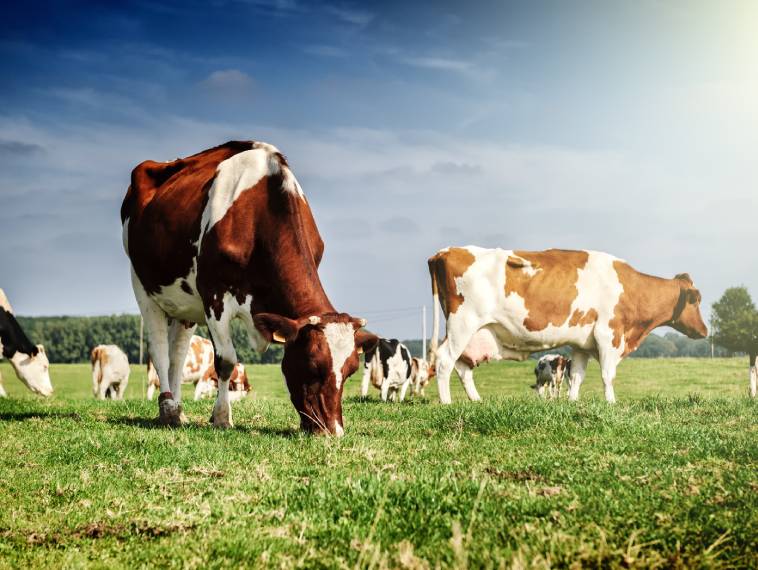Cleaner production
AI Topper is committed to being a global leader in clean leather production. Australia has very strict environmental protection laws and AI Topper has strong partnerships with government agencies to reduce pollution and waste, and improve the environment surrounding our facilities.
Reducing our Carbon Footprint
- 500KW solar panel array at our wetblue facility in Gunnedah saving over 740 metric tonnes of CO2 per annum
- 100KW solar panel array at our Adelaide kangaroo processing facility saving over 90 metric tonnes of CO2 per annum
Waste Minimisation
- Hides green fleshed prior to processing
- Fleshings and trimmings rendered to produce high quality tallow
- Other trimmings used for gelatine productions for the cosmetic and food industries
- Minimal solids going to waste and complete use of the hide or skin
Audits and Reporting
- AI Topper facilities are fully accredited as part of the Leather Working Group and regularly audited under their protocols
- Regular internal audits
- Compliance with the globally referenced Manufacturing Restricted Substances List (MRSL)
- Compliance with all regulations and environmental licenses
- Commitment to the Zero Discharge of Hazardous Chemicals (ZDHC) program
Clean leather production
Continual investment in new technologies ensures our facilities are environmentally and economically sustainable over the long-term.
Processing green unsalted hides and skins
Removes the salting process and reduces total dissolved solids in effluent. Grain quality of hides is optimised by chilling during transport.
State of the art drum technology
Maximises volumes and reduces the energy, water and chemical consumption per hide. They also allow for a gentler motion during production which results in a superior quality product.
Direct Chrome Liquor Recycling
Ensures spent chrome liquor is directly recovered and enables almost indefinite re-use of trivalent chromium. Any effluent contains only trace amounts.
Pickle liquor recycling
Pickle liquor recycling is recycled separately, reducing the overall need for salt and water and also minimising salt loads in effluent.
Hair-saving unhairing technology
Hair provides a valuable resource as a slow release, high organic nitrogen fertilizer.
Carbon dioxide deliming
Deliming significantly reduces chemical costs and lowers ammonia and nitrogen in the effluent.
Beneficial irrigation using tannery effluent
By lowering the total dissolved solids, tannery effluent can be used to irrigate crops supporting carbon capture and cattle grazing.
Salt recovery through evaporation ponds
Solar evaporation allows for salt reclamation for reuse in the brinecuring process, resulting in a 75% reduction of salt in wastewater.

